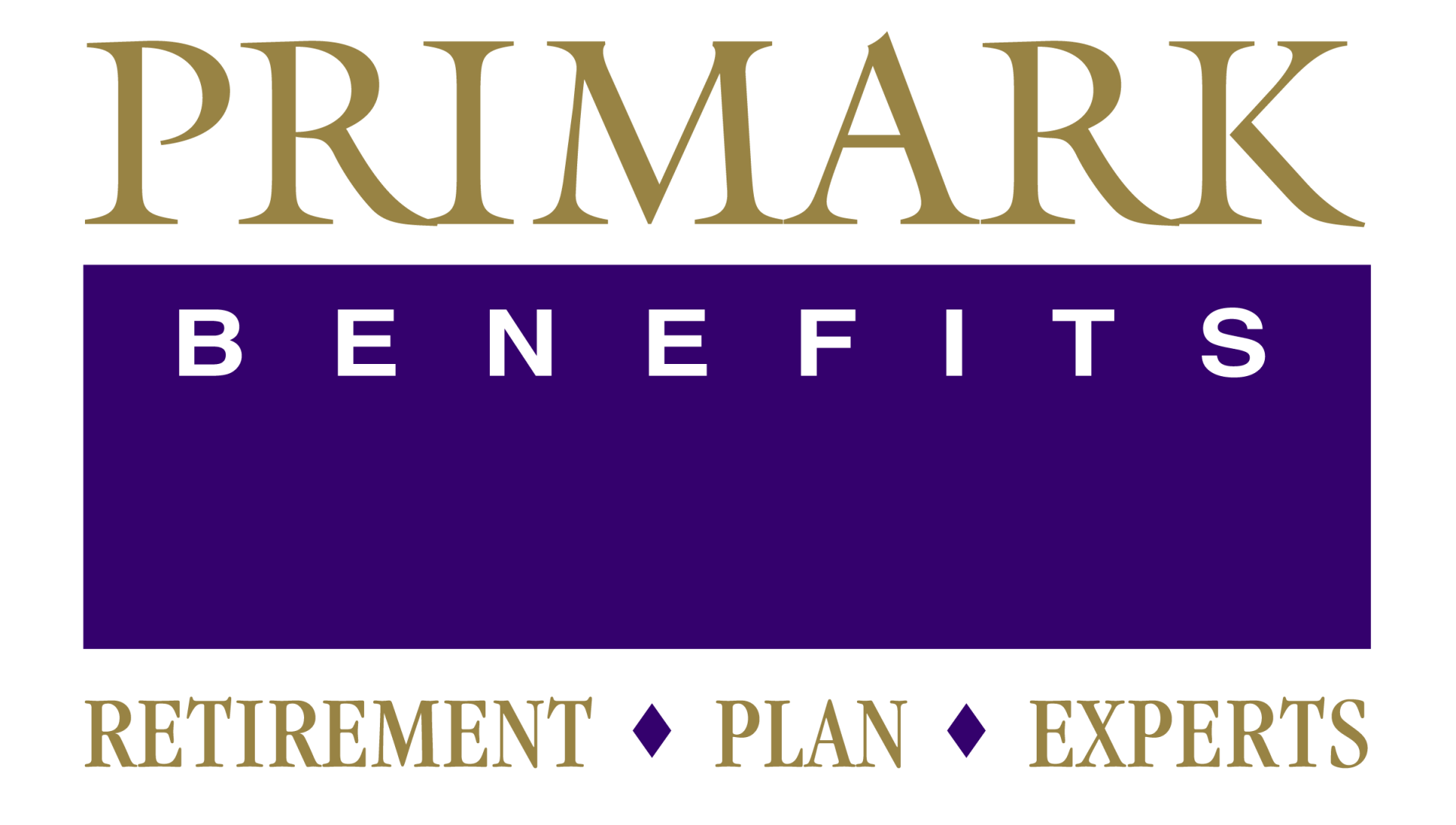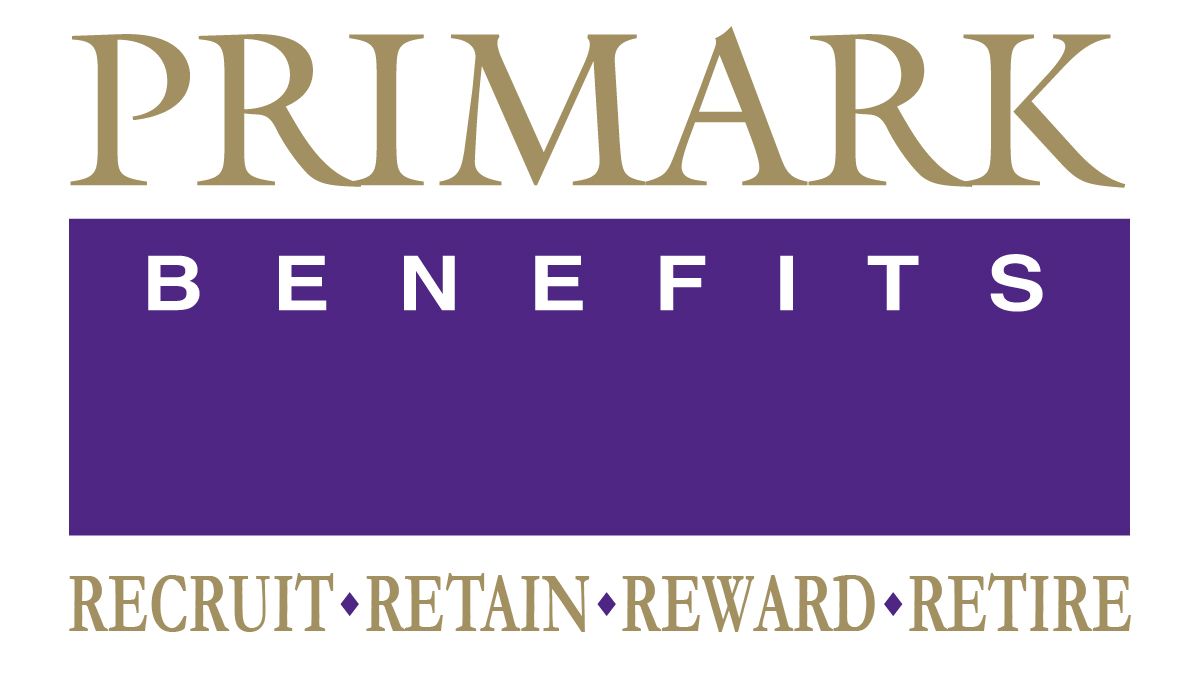Understanding ROTH Retirement Accounts: The Hidden Risks
The ROTH Retirement Account, named for Senator William Roth, was introduced as part of the Taxpayer Relief Act of 1997. The main feature of a ROTH account is that contributions are made with post-tax dollars as opposed to pre-tax; this means that any withdrawals, including earnings on the investments, are tax-free in retirement. This advantage can be particularly attractive for those individuals who anticipate being in a higher tax bracket later in life.
However, this needs to be weighed against the uncertainty about whether and for how long this tax status will be truly protected. Can you safely invest in a ROTH account and really expect tax-free withdrawals ten, twenty, or thirty years down the line?
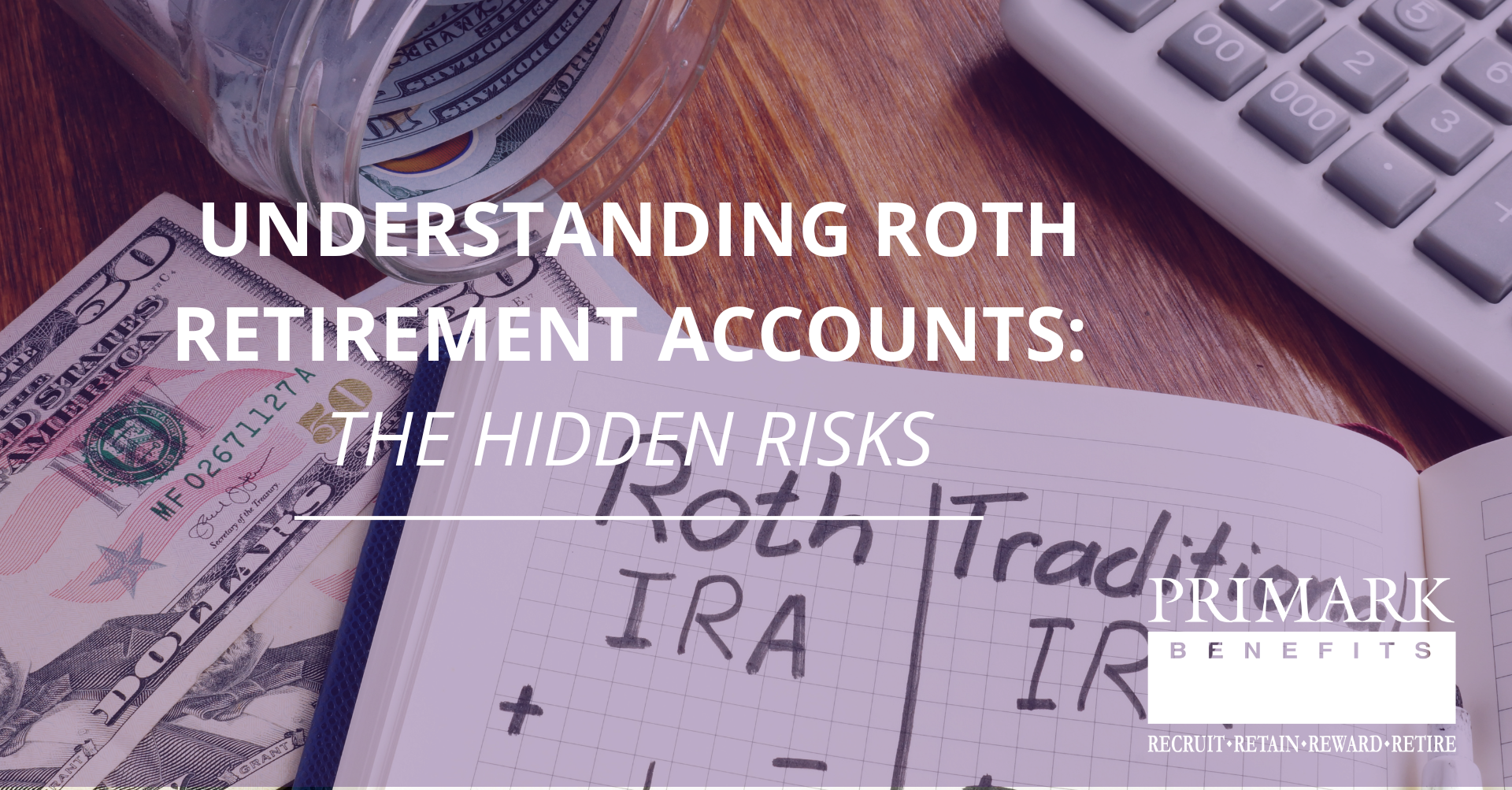
Before we talk through the drawbacks of a ROTH Retirement Account, let’s consider additional aspects that can make a ROTH account attractive. Further potential benefits of a ROTH retirement account include:
- No Required Minimum Distributions (RMDs): Unlike traditional retirement accounts, ROTH retirement accounts do not require mandatory withdrawals at a certain age.
- Flexibility: Contributions (though not earnings) to a ROTH IRA account can be withdrawn at any time without penalties, providing liquidity in case of financial emergencies. For workplace retirement accounts (such as ROTH 401(k), 403(b), and 457(b) accounts), one may be able to withdraw contributions upon attaining age 59 ½ or other distributable event such as separation from service.
- State Retirement Programs: Many states, such as California and Oregon, have helped lower-income earners build retirement savings by implementing automatic ROTH programs for workers that don’t have access to employer-sponsored plans.
Despite these benefits, ROTH accounts carry significant risks that many fail to consider. The two most commonly known drawbacks of ROTH accounts are Income Limitations and the Five-Year Rule.
- Income Limitations: Eligibility for direct ROTH IRA contributions is restricted based on income level. In 2025, the phase-out range starts at $150,000 for single filers and $236,000 for married couples filing jointly. On the other hand, these limitations do NOT apply to workplace retirement Plans such as ROTH 401(k), 403(b), and 457(b) accounts.
- Five-Year Rule: To qualify for tax-free withdrawals, the ROTH account must be at least five years old.
However, the biggest risk—and perhaps the reason to avoid ROTH accounts altogether—is congressional risk. Can or will the government change the rules? If so, how? A major downside of ROTH accounts is their vulnerability to future tax law changes. Congress has a long history of shifting tax policies, often to the detriment of retirees. While ROTH withdrawals are currently tax-free, this status is not guaranteed indefinitely. The same government that promises tax-free withdrawals today could decide to tax them tomorrow.
A crucial example of shifting government policy is Social Security. Originally, Social Security benefits were completely untaxed. However, in 1983, Congress introduced taxation on benefits for higher-income retirees, and in 1993, this taxation was expanded. This example illustrates a simple fact: just because something is untaxed today doesn’t mean it will remain that way. ROTH accounts, much like Social Security, could become a target for taxation.
Political Proposals to Tax ROTH Accounts
There is already clear evidence that lawmakers have considered taxing ROTH accounts in various ways. Both President Obama and President Biden proposed budget plans that would have limited the benefits of ROTH accounts or introduced new taxation methods, including restricting contributions for high-income earners and mandating distributions from large ROTH balances (Obama), and restrictions on "mega-ROTH" accounts used by wealthy individuals and prohibiting certain types of conversions (Biden). Over the years, various bills have been introduced in Congress aiming to alter the tax advantages of ROTH accounts. Some proposals have suggested capping the total amount that can be held in a ROTH or implementing new taxes on large balances.
Why This Matters for You
If you are planning to rely on tax-free withdrawals in retirement, keep in mind that the government may change the rules before then. History shows us that tax policies evolve. This uncertainty makes ROTH accounts a risky long-term strategy. Mathematically, a ROTH account is always better if it’s taxed once. However, it’s never better if it’s taxed twice.
We recommend steering clear of these accounts, or at least employing a balanced strategy that prioritizes tax diversification, with the knowledge that you might not have true tax-free withdrawals from your ROTH accounts when the time comes.
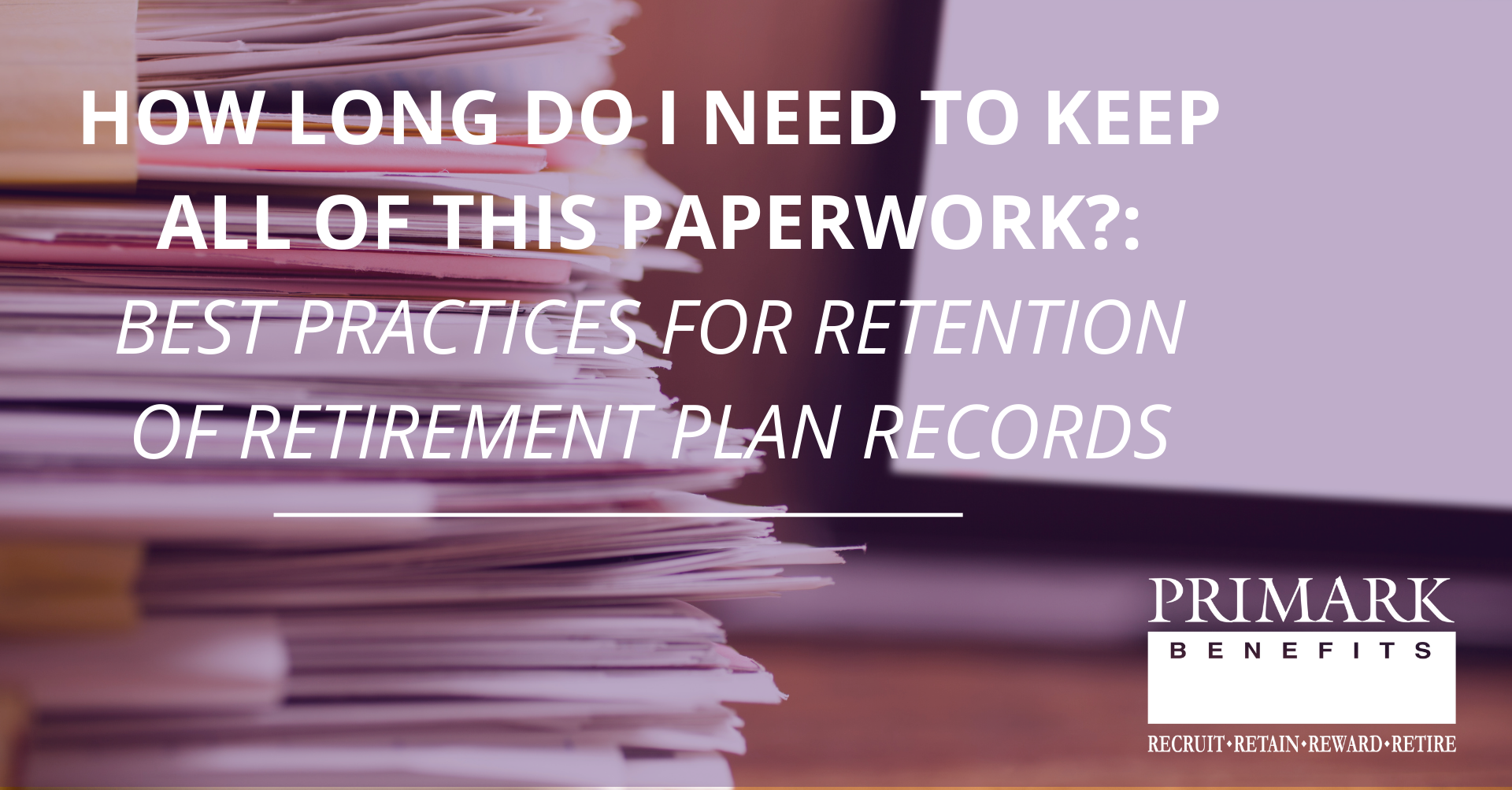
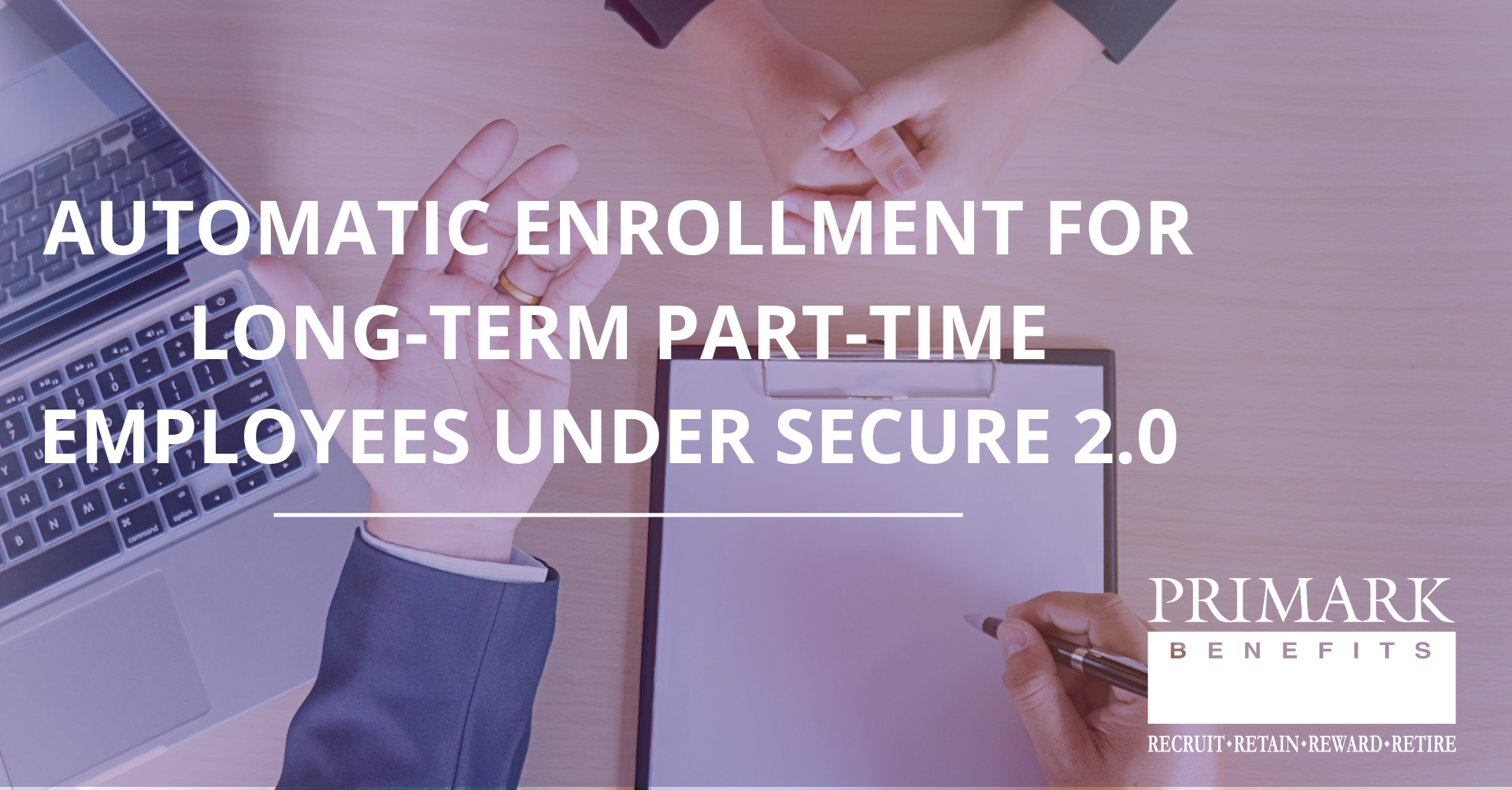
Phone
650.692.2043
General Inquiries:
Prospective Clients:
